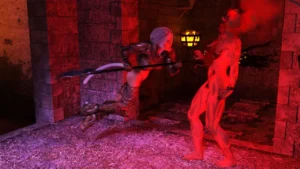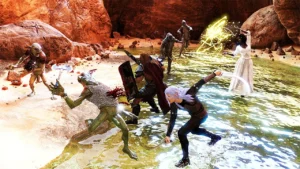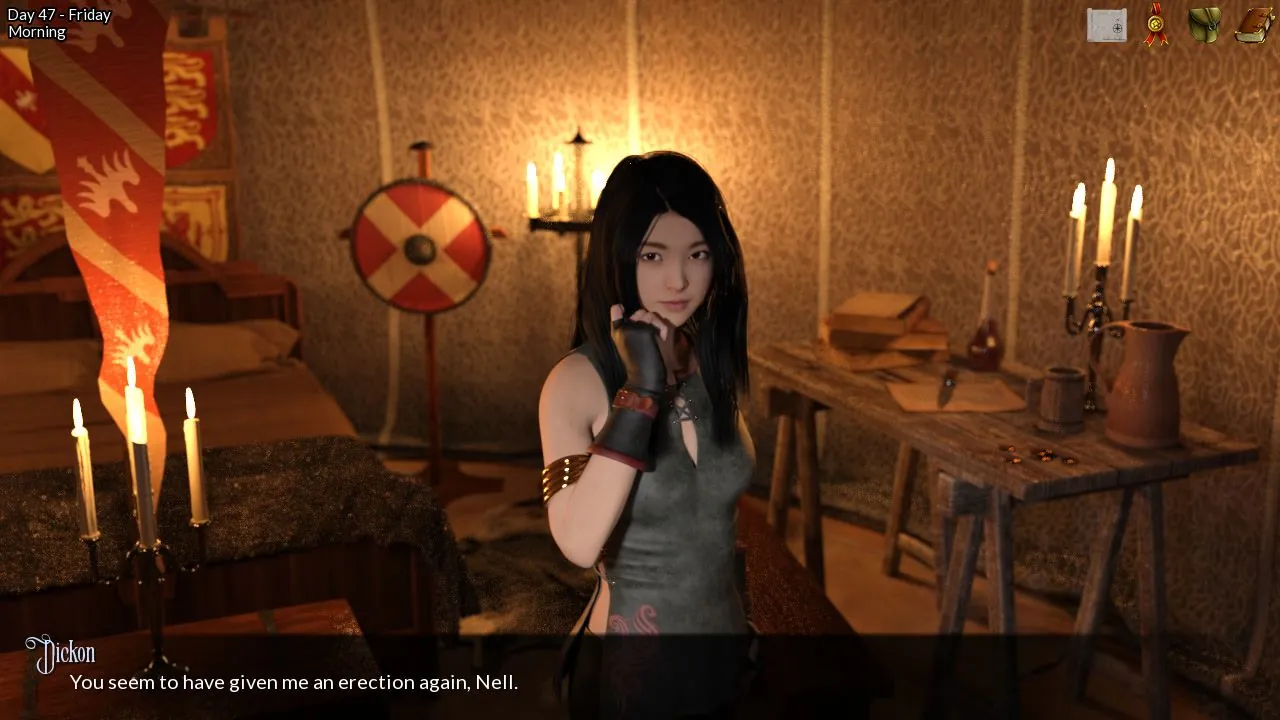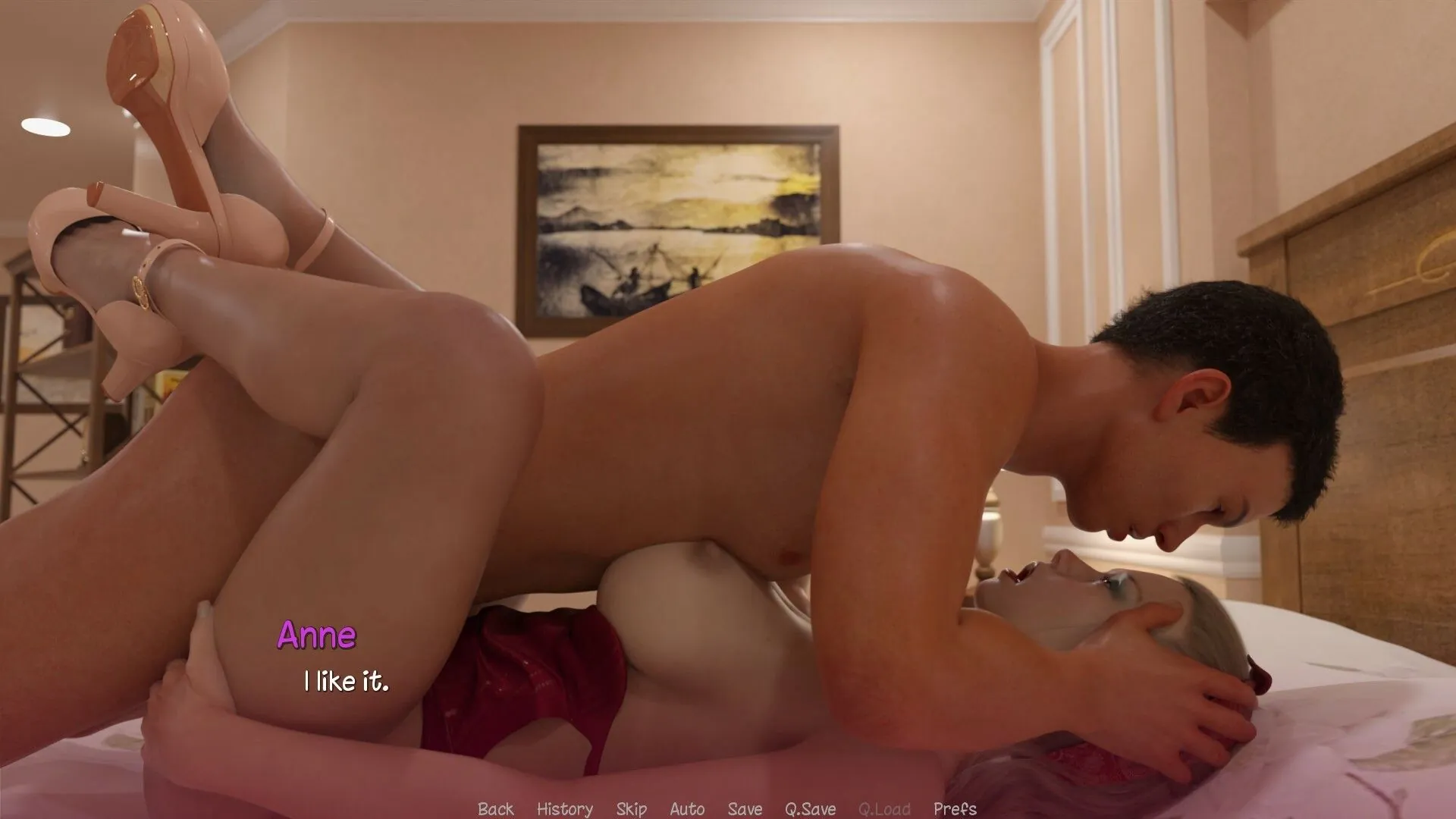
Healslut
Play Healslut
Healslut review
Exploring the mechanics, story, and player experience of Healslut
Healslut is a distinctive game that has captured attention for its unique blend of interactive storytelling and gameplay mechanics. This article dives deep into what makes Healslut stand out, exploring its core features, narrative style, and player engagement. Whether you’re curious about the game’s design or looking for practical insights on how to navigate its world, this guide offers a comprehensive overview to enhance your experience.
Understanding Healslut: Gameplay and Mechanics
What Is Healslut? An Overview
Picture this: You’re thrust into a neon-drenched fantasy realm where your magic doesn’t blast enemies—it mends allies. That’s the heart of Healslut gameplay! 🧙♀️✨ As a support-class hero, your core mission isn’t just survival—it’s about reading battlefield dynamics, managing your team’s vitality, and making split-second calls that tip the scales. I remember my first playthrough: I botched a critical heal during a dragon raid, causing our tank to fall. The guilt was real! 😅 This interactive storytelling game blends tactical role-playing with narrative depth—your choices reshape alliances, unlock secret quests, and even alter character backstories.
Unlike traditional RPGs, Healslut mechanics prioritize resource harmony. You juggle mana pools, cooldown timers, and proximity-based healing zones while dodging enemy AOEs. Your “weapon”? A dynamic staff that morphs based on your chosen specialization (holy light, nature mending, or arcane shields). The beauty? You directly shape the story through dialogue trees during campfire scenes—befriend a rogue, and they might later take a lethal arrow for you. Betray them? Well… let’s just say I learned the hard way that NPCs hold grudges. 🔥
Core Gameplay Features and Controls
Mastering Healslut gameplay starts with its intuitive yet layered control scheme. On PC, Q/E/R keys handle quick-heal targeting, while mouse gestures sculpt area-of-effect barriers—like drawing a shield circle around allies. Console players use trigger sensitivity for precision: light taps for minor mends, full holds for emergency bursts. 🎮💡 Pro tip: Remap your dodge to a shoulder button! During a chaotic swamp boss fight, I fumbled the default key and became gator food. Twice. 😬
The genius of Healslut mechanics lies in its synergy system. Your heals don’t just refill HP—they generate combo points for DPS allies. Overheal a warrior mid-charge? Their next strike ignites with bonus fire damage. Here’s how core actions interlock:
| Player Action | Mechanics Impact | Battle Role |
|---|---|---|
| Barrier Casting | Creatzes temporary shields scaling with ally DEF | Damage Mitigation |
| Chain Healing | Bounces between close-proximity teammates | AOE Recovery |
| Resurrection | 60s cooldown; halves if unused in 2mins | Clutch Recovery |
🛡️ Hot Tip: Always pre-cast barriers before big boss telegraphed attacks! Saves more mana than panic-healing afterward.
New to how to play Healslut? Start with “Harmony Mode”—it auto-suggests optimal heal targets while you learn timing. But graduate to manual fast; the real magic happens when you anticipate damage before health bars drop. Trust me, nothing beats the rush of landing a perfect counter-heal as a demon lands its overhead smash! 💥
Player Interaction and Progression
Healslut player progression hooks you with its dual-track system. Combat victories grant XP to boost raw stats like heal potency or mana efficiency, but story milestones award Influence Tokens 🪙—currency for narrative-altering perks. Side with the rebel clerics? Unlock pain-conversion skills that turn ally damage into your mana. Endorse the royal church? Gain aura buffs that passively regen health in sunlight. 🌞
Every dialogue choice ripples through this interactive storytelling game. Early on, I spoiled a bandit ambush by bribing a bartender with extra gold. That small act later netted me a loyal assassin bodyguard! Conversely, skipping a “gather herbs” side quest meant my team faced a plague dungeon without antidotes—brutal. Healslut choices impact everything from companion loyalty to zone accessibility.
Three progression must-dos for newbies:
1. Diversify your gear—equip rings that reduce rez cooldowns for dungeon crawls 🧪
2. Grind rapport drinks in taverns to unlock companion backstory quests 🍻
3. Save tokens for “Momentum Shift”—an endgame skill that lets stored heals trigger time slowdowns ⏳
Your power isn’t just in healing—it’s in orchestrating survival. Late-game, I turned a near-wipe into victory by layering a barrier during a rez cast, letting our berserker revive into immediate safety. The squad’s cheers? Priceless. 🙌
Example Scenario: The Crossroads Decision
You’re escorting refugees through a blizzard when slavers ambush your group. Your mana’s at 30%. Do you:
A) Burn reserves to heal the fleeing villagers? (Gains refugee allies, but leaves you weakened for the next fight)
B) Shield only your party? (Preserves mana, but civilians perish—unlocking a darker revenge questline)
I chose Option A… and barely survived the next ogre encounter with 2HP. But those villagers? They became my base’s best blacksmiths. ❄️🔨
Embrace the chaos—your choices write the legend! 🎭
Healslut offers a compelling and immersive experience through its distinct gameplay and interactive narrative. Understanding its mechanics and player progression can significantly enhance enjoyment and engagement. Whether you are a newcomer or returning player, exploring these elements will help you navigate the game world more effectively. Dive in and discover what makes Healslut a unique title worth exploring.











